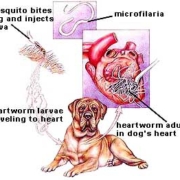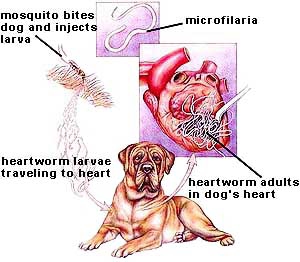Taking Your Dog on Vacation
 Whether you leave Rover home or bring him on vacation, plans for your trip should be made well in advance.
Whether you leave Rover home or bring him on vacation, plans for your trip should be made well in advance.
If Rover is going on vacation, you must consider his personality. If you are not sure about his personality, or if he behaves differently with you than with other people, ask a friend (or several) to give an objective opinion. Here are some questions to consider:
Is your pet friendly?
Is he (she) over-friendly? Sometimes a large over-friendly dog appears aggressive and scares people.
Does your dog jump up on people? If so, he (she) can easily knock down and injure a small child.
Is Rover extremely territorial? If you are planning a camping trip, remember that campsites are located close to each other. There are no walls or fences that separate adjacent campsites.
Does your dog bark when he (she) hears strange noises? When away from home, many new noises are considered “strange” noises. Barking is extremely annoying to neighbors.
Does Rover obey your commands? Does he wander from home? Spending an entire day (or several days) chasing after Rover is no fun.
Planning
If you would like to bring Rover on vacation, planning is necessary.
Rover must be current on all vaccinations, including Rabies. If you do not have vaccination certificates, call your regular veterinarian and request copies. If you are traveling to another state, you may want to call your state veterinarian’s office. Your state veterinarian may provide you with additional information or requirements that are necessary for traveling with Rover.
Make sure you have an adequate supply of heartworm medication as well as a supply of any other medication that Rover is taking. If Rover is taking prescription medication, carry a copy of the prescription. A copy of his (her) medical record may be useful as well.
A strong collar (and leash) with identification tags is necessary. The tags must have an address and phone number. Since you are on vacation, the phone number should be a friend’s number or the phone number of your veterinary hospital. A second collar with an additional set is useful if the original is lost.
Rover’s picture should be in your wallet. A current photo of your dog comes in handy if he/she gets lost.
A travel crate or kennel (well ventilated) is necessary.
A large bag of Rover’s food may be easier to purchase at home than on the road. If he (she) is eating a special or prescription diet, you may have a difficult time purchasing this particular brand away from your home.
Lodging
Motels, inns, and campsites must be called in advance. Many accept pets, some welcome pets, and most refuse pets. Some motels, Inns, and campsites have limited space for families with pets. These are often booked before tourist season even begins. Make these reservations early!
Check with your local American Automobile Association for motels, inns and campgrounds that accept pets. The Internet is an excellent method for finding lodging as well.
There are many books and pamphlets entitled Traveling with your pet. An inexpensive and useful publication can be purchased from Quaker Oats. It is available for $1.50 from Quaker Oats Publishers, Professional Services, P.O. Box 877, Young America, MN, 55399.


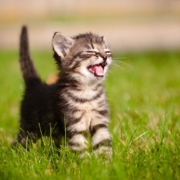
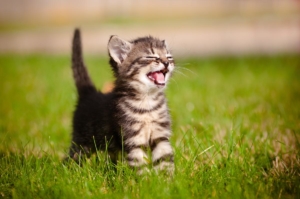 The most common cause of poisoning in dogs and cats is from insecticides. Presently there are more than 25,000 insecticides registered for use in the United States. Insecticides used to control fleas on pets cause the majority of poisonings.
The most common cause of poisoning in dogs and cats is from insecticides. Presently there are more than 25,000 insecticides registered for use in the United States. Insecticides used to control fleas on pets cause the majority of poisonings.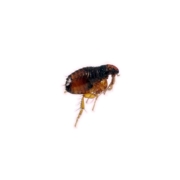
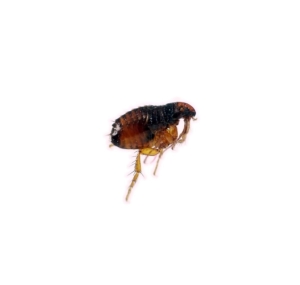 Fleas are magical creatures that have been annoying animals for over 60 million years. With their flattened bodies and three pairs of powerful legs, they are magnificently adapted for jumping. The average flea is capable of jumping more than 100 times its own height. It is extremely easy for a flea to jump from one pet to another.
Fleas are magical creatures that have been annoying animals for over 60 million years. With their flattened bodies and three pairs of powerful legs, they are magnificently adapted for jumping. The average flea is capable of jumping more than 100 times its own height. It is extremely easy for a flea to jump from one pet to another.
 Herbicides (weed killers), insecticides, rodent poison, and slug and snail bait are some of the toxic chemicals used outdoors that may be harmful to your pet. Each summer, insecticides and herbicides poison thousands of pets. When using these chemicals, follow the manufacturer’s directions carefully. Make sure that all receptacles and containers are thoroughly washed and out of reach of your pet. Runoff or puddles created from spraying these products should be thoroughly diluted. Do not allow pets in the yard while spraying these products and keep them out of the yard for 3-4 days afterwards. Often, pets walk on surfaces covered with herbicides and become intoxicated after cleaning or licking their paws.
Herbicides (weed killers), insecticides, rodent poison, and slug and snail bait are some of the toxic chemicals used outdoors that may be harmful to your pet. Each summer, insecticides and herbicides poison thousands of pets. When using these chemicals, follow the manufacturer’s directions carefully. Make sure that all receptacles and containers are thoroughly washed and out of reach of your pet. Runoff or puddles created from spraying these products should be thoroughly diluted. Do not allow pets in the yard while spraying these products and keep them out of the yard for 3-4 days afterwards. Often, pets walk on surfaces covered with herbicides and become intoxicated after cleaning or licking their paws.
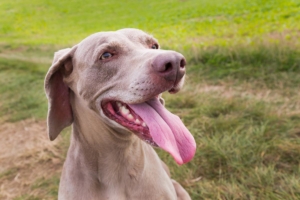 Heatstroke is a serious condition that can lead to rapid death. Symptoms of heatstroke must be recognized and treatment must be initiated rapidly.
Heatstroke is a serious condition that can lead to rapid death. Symptoms of heatstroke must be recognized and treatment must be initiated rapidly.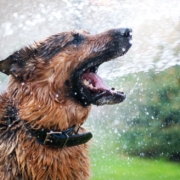
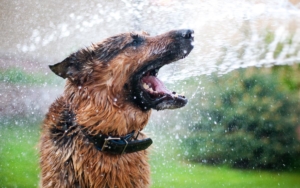 Summer is a fun and exciting time of year. During the warm months, pets are less confined to the interior of the house and spend much more time outdoors. Special precautions must be taken to ensure that Rover and Kitty remain healthy and cool during the hot summer days.
Summer is a fun and exciting time of year. During the warm months, pets are less confined to the interior of the house and spend much more time outdoors. Special precautions must be taken to ensure that Rover and Kitty remain healthy and cool during the hot summer days.